
Thank you for visiting my blog! I ‘m Mary living in Miyagi pref. Japan.
My hobby is visiting shrines and temples mainly in Tohoku region, Japan.
In this vlog, I will introduce the shrines and temples that I have actually visited.
Jōgi-san Saifō-ji
This time, let me take you to Jōgi-san Saifō-ji Temple in Sendai, Miyagi Prefecture!
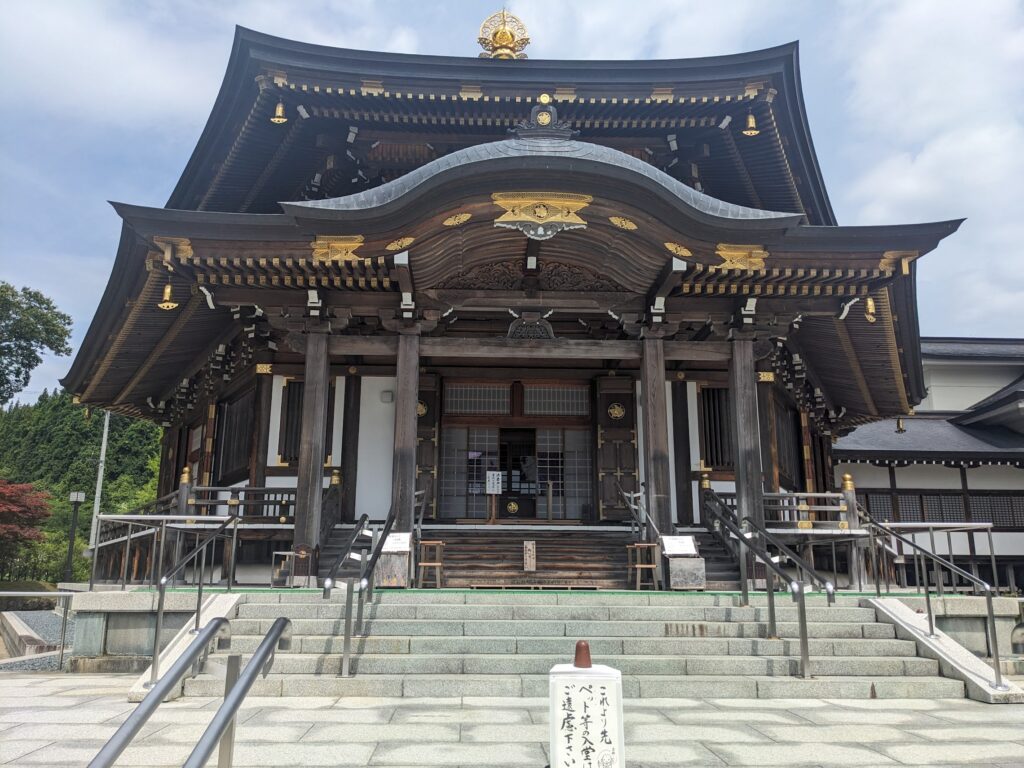
Visit Jōgi‑san Saifō‑ji Temple’s official homepage here.
Although Sendai is a designated major city in Miyagi Prefecture, the Okura area of Aoba Ward—home to Jōgi-san—is a peaceful mountain village embraced by nature. you’d hardly think this serene mountain setting is within the boundaries of Sendai City.
This signboard provides the historical background of Jōgi-san Saifō-ji Temple.
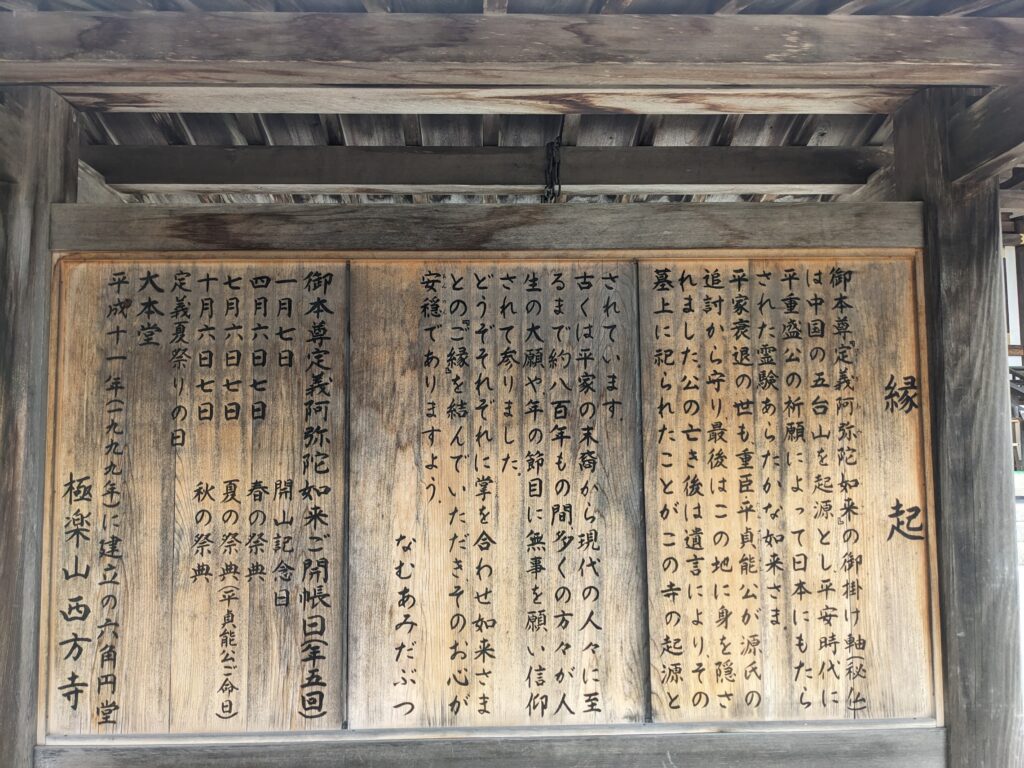
As stated on the official site, the history of Saifō‑ji Temple is outlined as follows.
About 800 years ago, Taira no Sadayoshi, a member of the defeated Taira clan after the Battle of Dan-no-ura, fled to this area to escape pursuit by the Genji (Minamoto) clan. Carrying a sacred image of Amida Nyorai, he went into hiding here. It is said that he changed his name to “Jōgi” (a different reading of “Sadayoshi”) at that time, which is why this place came to be known as Jōgi, and the revered Buddha image as “Jōgi Nyorai.
公式HPより
So, this temple has ties to the Heike (Taira) clan
Whenever I step onto the grounds of Saifō-ji Temple, I feel the air become noticeably purer and refreshing—it’s as if the atmosphere itself clears my mind. Being in this space, I truly feel that no evil presence or unsettled spirit could exist here. My husband often tells me, ‘I feel so much lighter every time I visit Saifō-ji.
prayer service
Prayer services at Saifō-ji Temple are conducted at specific times, usually about once per hour.
On this day, my husband and I decided to receive a Gokitō (prayer blessing) together. Although the temple welcomes all kinds of prayer requests, my husband and I asked for a memorial prayer for our ancestors
There’s something about this temple that makes me feel—just personally—that if any of our ancestors hadn’t yet found peace, a single prayer here would gently guide them straight to the Pure Land
Photography is not allowed inside the hall where the prayer ceremony takes place, so I can’t show you what it looks like—but it’s truly impressive. How can I put it… It’s a serene, solemn space that naturally makes you want to put your hands together in prayer.
The Gokitō (prayer ritual) lasts for around 20 min. We asked for a memorial service for my father’s ancestors this time. Maybe next time, I’ll ask for one for my mother’s side too.
The cost of the Gokitō (prayer ceremony) varies depending on what you receive in return. This time, we chose the most modest option and were given a paper talisman (ofuda). According to the official website, higher offerings may include additional items such as offerings (kumotsu) or protective charms (omamori).
Gokitō (prayer ceremonies) are held roughly once every hour at set times. Depending on when you arrive, there might be some waiting time. However, Saifō-ji Temple offers plenty to see and explore while you wait. In fact, the official website lists as many as 20 different points of interest within the temple grounds. As you wander around, time tends to fly—and before you know it, it’s time to rush back to the prayer hall! So be sure to keep an eye on the clock.
the highlights outside the main prayer hall
From here, I’d like to introduce some of the highlights outside the main prayer hall.
This is the first thing you’ll see after passing through the main gate of Saifō-ji Temple.
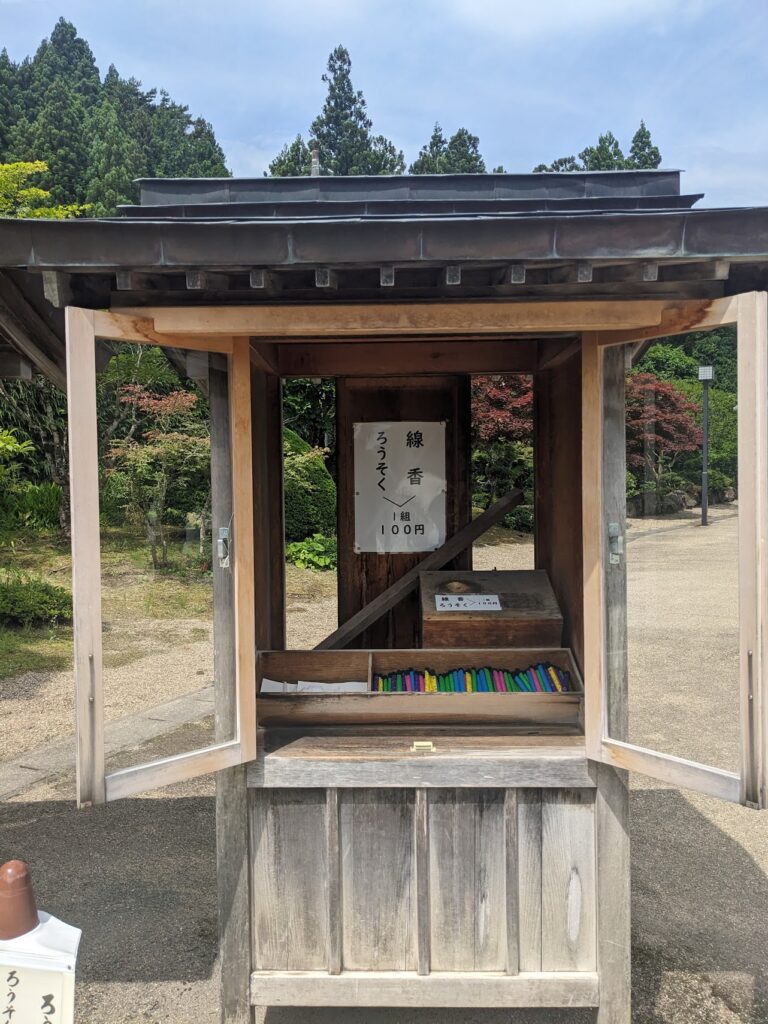
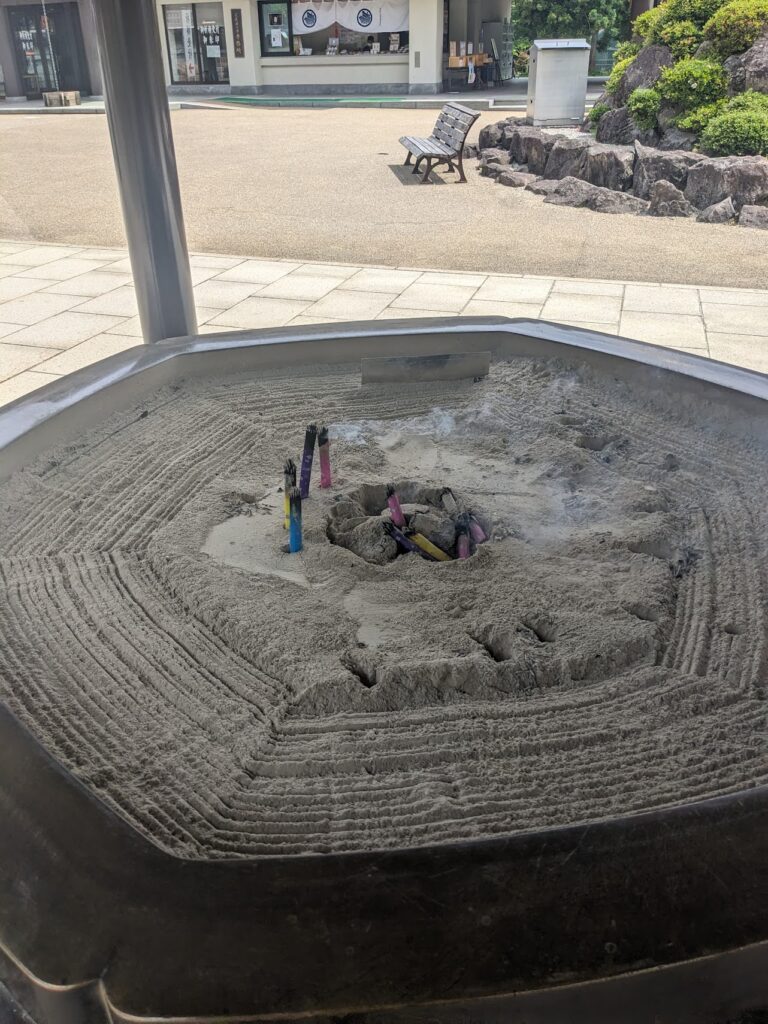
Visitors are welcome to offer incense and candles as a form of prayer or respect
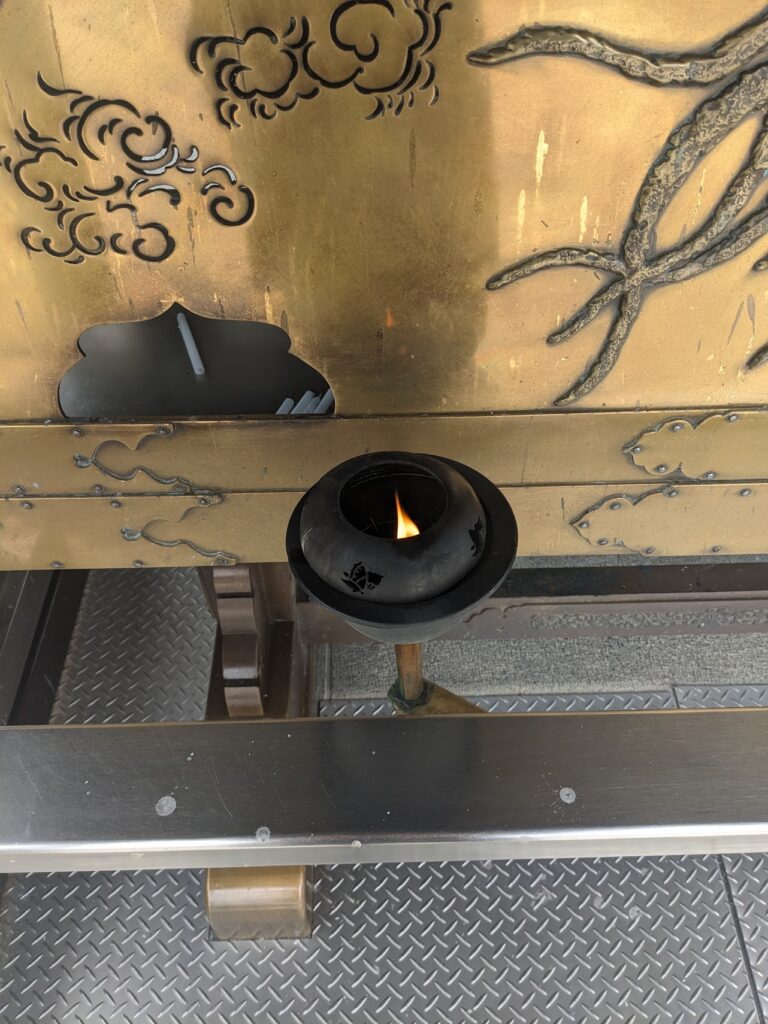
As I watched the soft flames of the incense and candles, a sense of calm came over me. I offered mine as well, quietly hoping the light would reach any souls that may still be wandering.
Within the temple grounds stands the Child-Rearing Kannon, a statue said to watch over the healthy growth and well-being of children who come to visit. I’ve always loved the gentle expression of the Kannon holding a baby. Every time I visit, I make sure to stop by and offer a prayer.
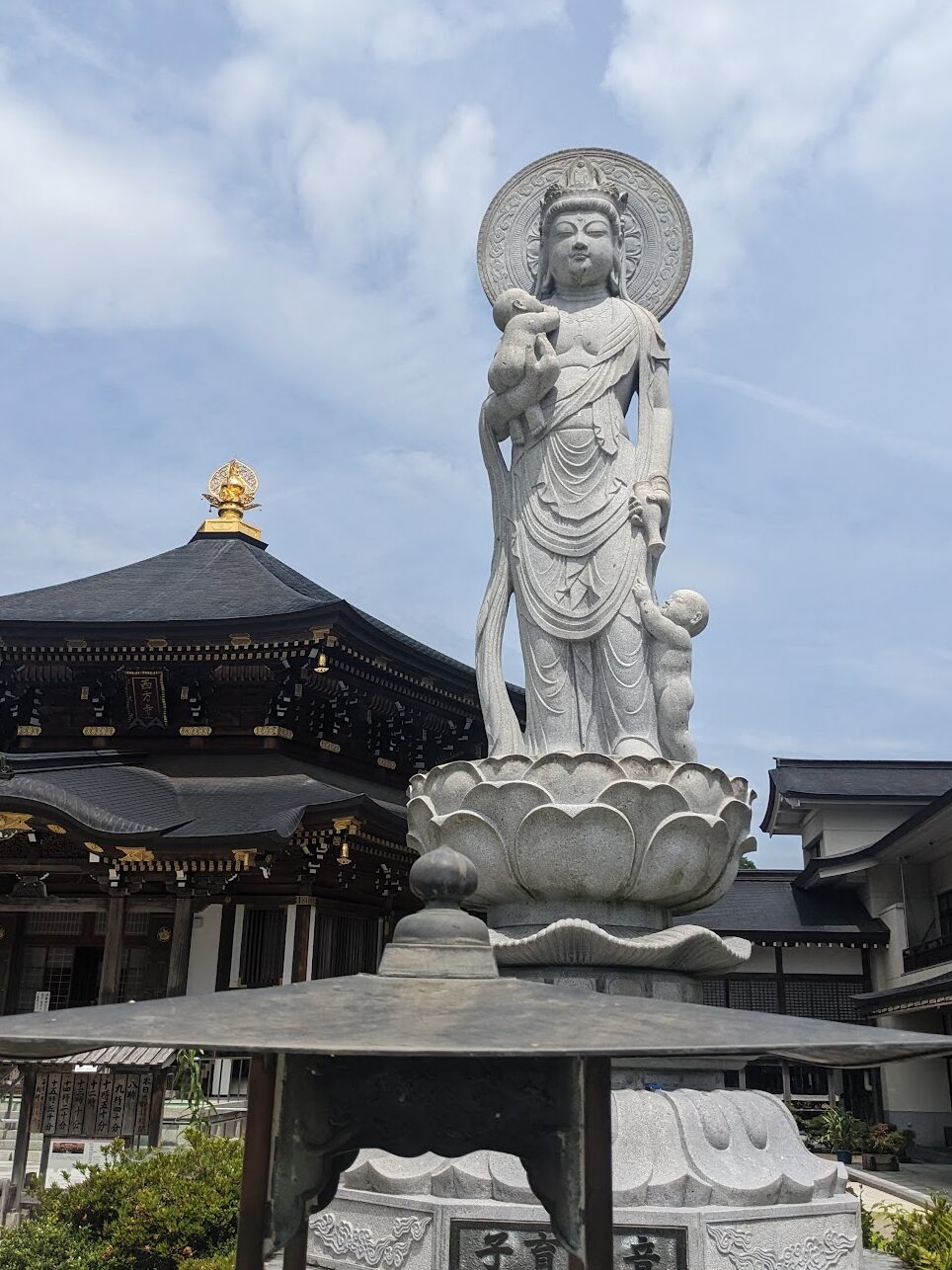
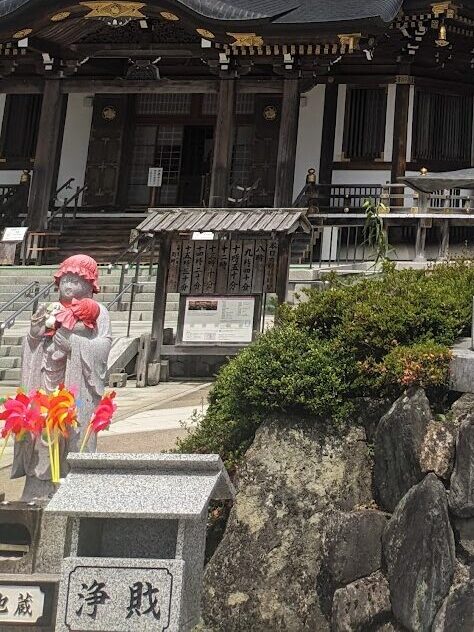
Next to the Kannon statue stands a Jizō statue dedicated to the souls of miscarried or stillborn children. The pinwheels placed around it are offerings made by visitors.
To be continued in Part ②.
Important Reminder: Sacred sites such as shrines and temples deserve reverence. Be sure to show respect and follow proper etiquette when you visit.
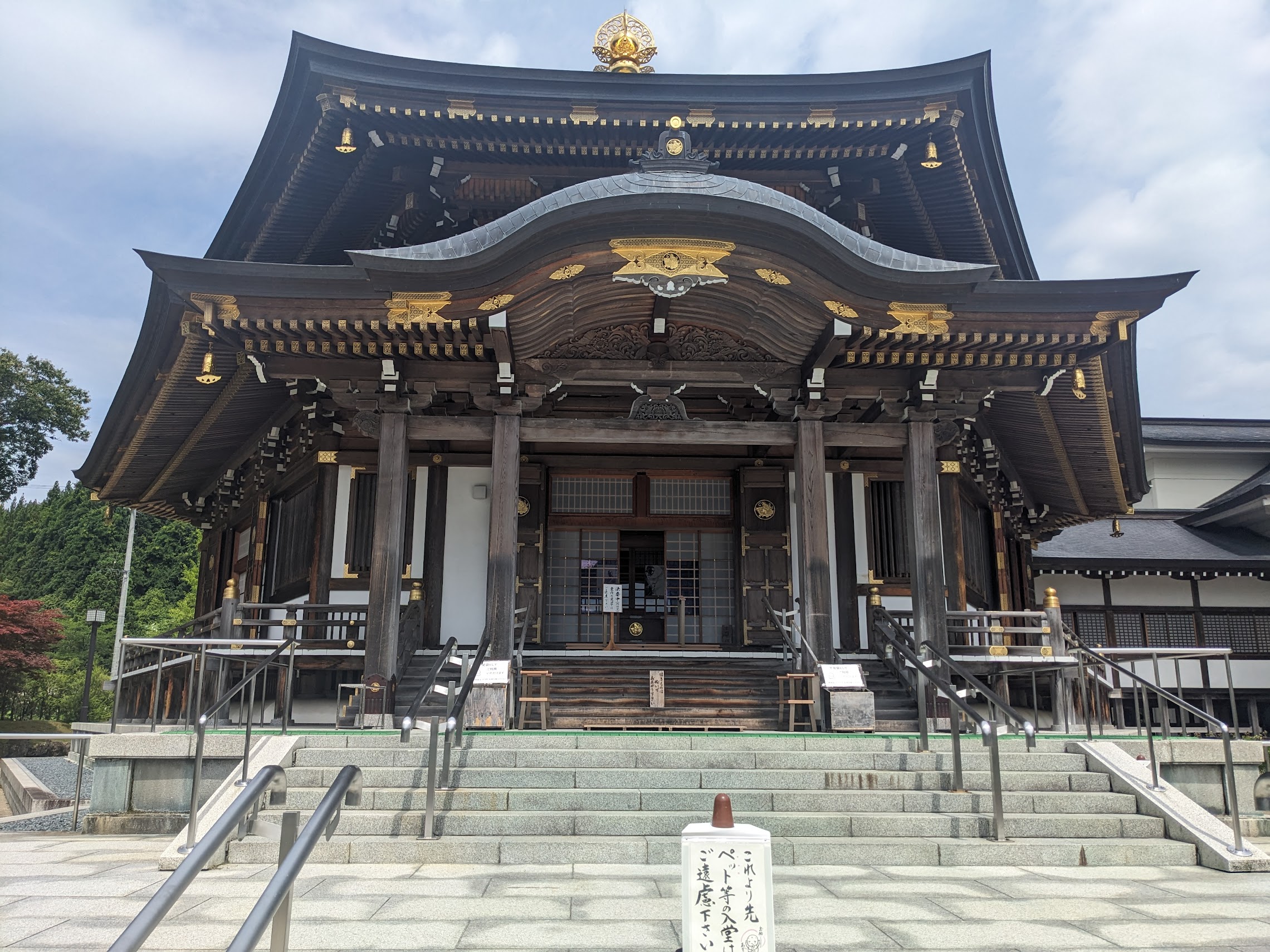


コメント